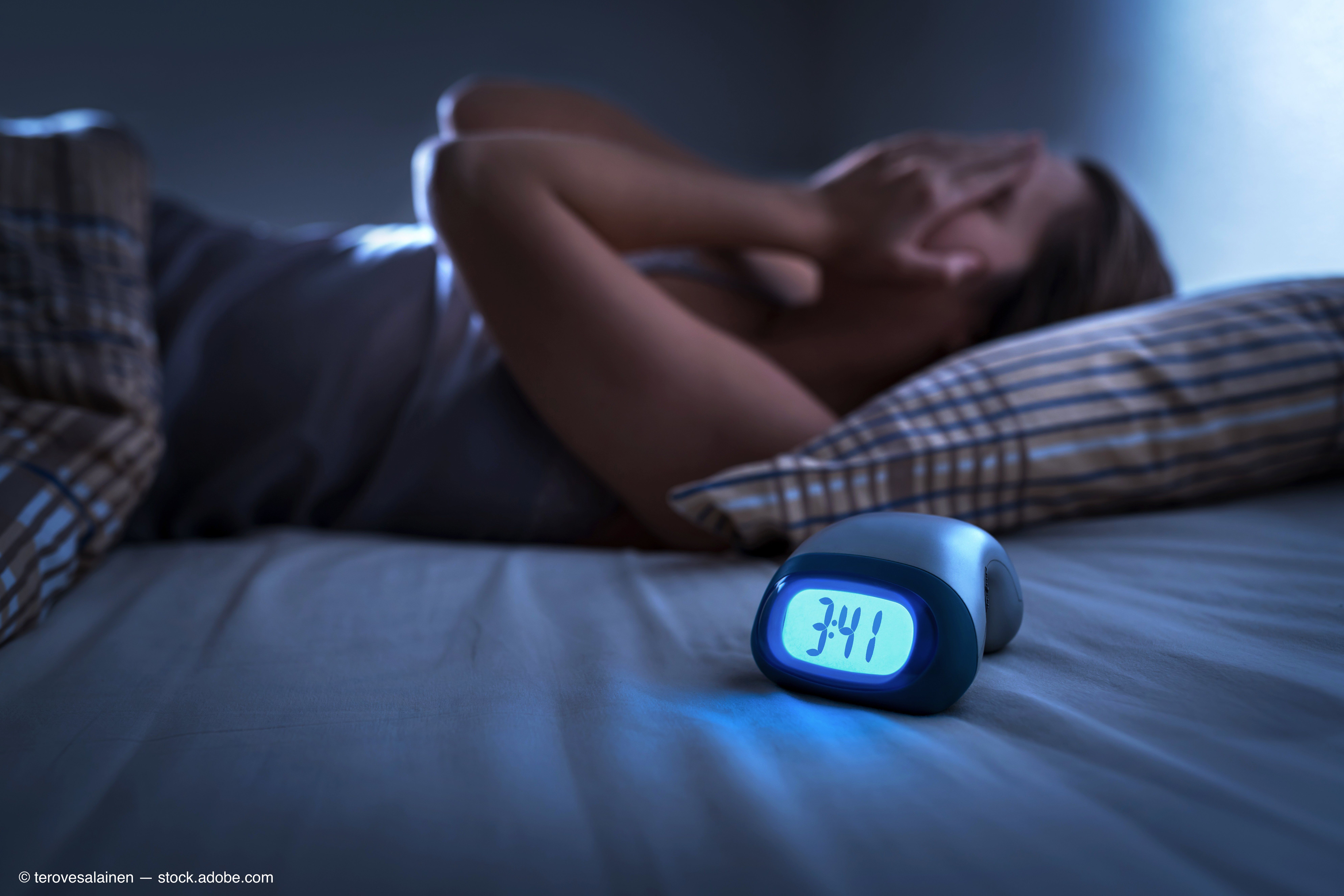Article
Dry eye cases increase in patients with sleep apnea
Author(s):

The incidence of dry eye disease (DED) is higher in patients with obstructive sleep apnea treated using a continuous positive airway pressure (CPAP) device or other nasal mask therapy devices.
There is also a gender component to this increased incidence of DED, with women with sleep apnea having a higher incidence.
“As eye care providers, we need to start asking our patients whether they use a CPAP device. Dry Eye Disease is prevalent among this subgroup,” said Cynthia Matossian, MD, who is in private practice in Doylestown, PA, and Hopewell, NJ.
While the prevalence of DED is considered to be about 6.8% in US adults, the percentage of patients who have been diagnosed clinically with DED is less than half of that.
Related: It takes a village to care for dry eye patients
The prevalence of DED among women is almost double that among men, i.e., 8.8% versus 4.5%, respectively. Generally, the prevalence rates increase with age, ranging from 2.7% in persons aged 18 to 34 years up to 18.6% in those 75 years and older, she explained.
Sleep apnea affects both men genders but is substantially among men, 13% to 14% compared with 5% to 6% among women, and the prevalence rates increased markedly from 1994 to 2010.
Interestingly, the recommended treatment for sleep apnea is associated with ocular disorders, that is, ocular irritation caused by airflow from a leaky mask or retrograde nasolacrimal escape of air, she noted.
Related: Physicians should investigate nocturnal evaporative stress in dry eye patients
Retrospective descriptive analysis
In light of the statistics, Dr. Matossian and colleagues analyzed data to identify any real-world associations between DED and sleep apnea.
The investigators looked at data between Jan. 1, 2013, to June 30, 2018, from the IBM MarketScan Commercial and Medicare Supplemental Databases, both of which contain the inpatient/outpatient prescription drug experience among several million patients covered by a variety of insurance plans.
The study, which was sponsored by Sun Pharma, included adults if they had one or more claims of CPAP or other nasal mask device use during the study period, one or more inpatient/outpatient diagnoses of sleep apnea in the 12 months before the onset of device use, continuous enrollment in a medical or pharmacy insurance program for 12 months or longer before and after the first date of the study, and no diagnosis of DED in the 12 months before onset of device use.
A total of 330,926 patients (median age, 53 years) were included in the study, 65% of whom were men. Overall, 13,176 patients had DED. The most frequent patient comorbidities were diabetes (22%) and chronic obstructive pulmonary disease (COPD) (18%). The most frequently used medications were antihypertensives (58.2%), antidepressants (32.5%), and anxiolytics (31.3%).
Dr. Matossian and colleagues found important associations with the increased incidence of DED in this patient population with use of CPAP devices over time, age, duration of mask use, gender, and certain comorbidities.
Related: Treating dry eye with recombinant human nerve growth factor
According to Dr. Matossian, the one-, two-, and three-year DED incidence rates after starting use of CPAP or another nasal mask device were, respectively, 4.0%, 7.3%, and 10.3%.
The incidence of DED increased with age; the one-year incidence rates ranged from 1.6% in patients 18 to 24 years old and 11.2% in those aged 75 years and older. The one-year incidence rate in women was higher than in men, 5.8% compared with 3.0%.
The presence of specific comorbidities made a difference, that is, the incidence of DED was higher in the presence of psoriasis, with an incidence of DED of 9.1%; COPD, 5.4%; irritable bowel syndrome, 5.3%;. diabetes, 5.1%; and rheumatoid arthritis, 5.0%.
The findings were that the incidence of DED was exacerbated both during the second year of use of a device compared with the general incidence of DED among the general population of U.S. adults as well as based on the length of time during which the device is used.
Users of the CPAP device who were women, older, or had comorbid inflammatory or metabolic conditions may experience a higher incidence of DED.
Read more by Lynda Charters
Cynthia Matossian, MD
E: Cmatossian@matossianeye.com
Dr. Matossian has no financial interest in any aspect of this report.
Newsletter
Don’t miss out—get Ophthalmology Times updates on the latest clinical advancements and expert interviews, straight to your inbox.





